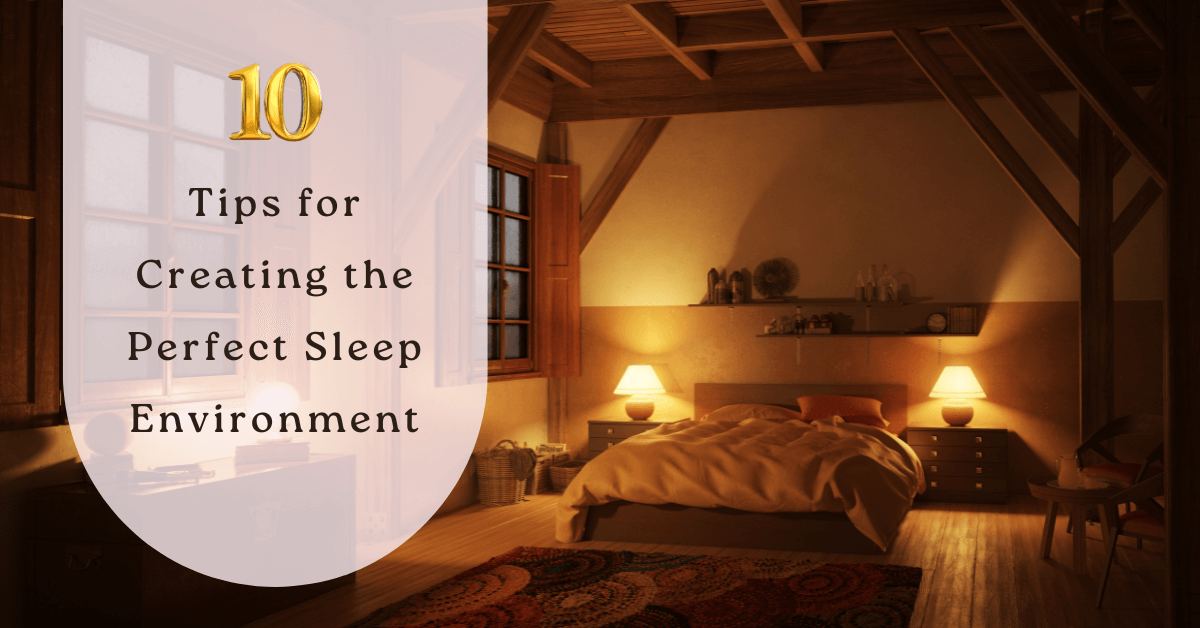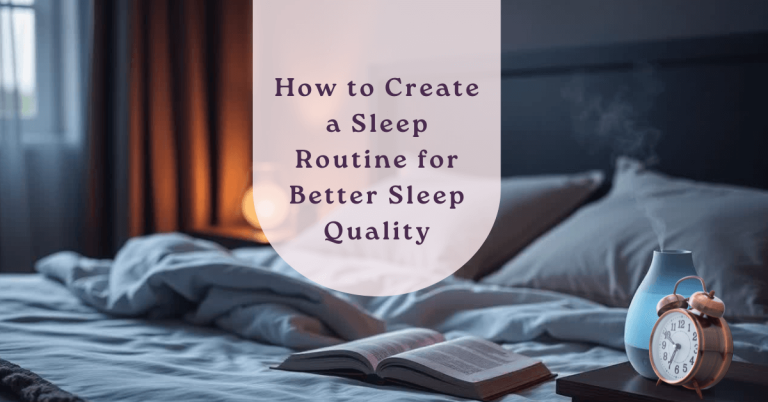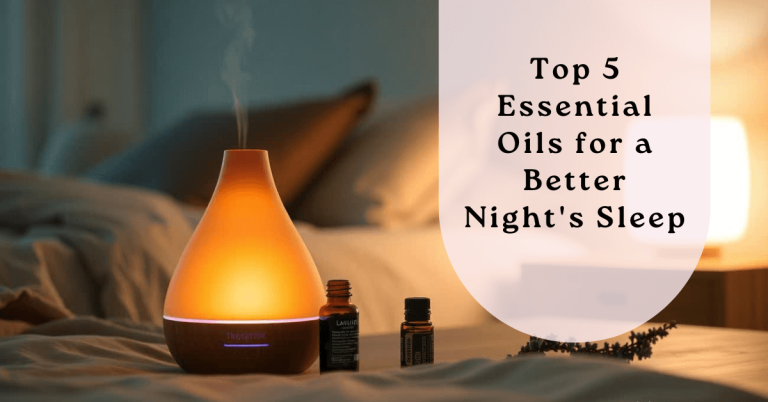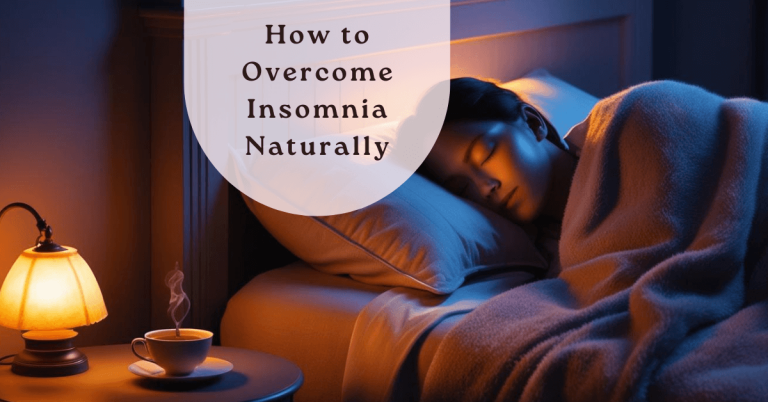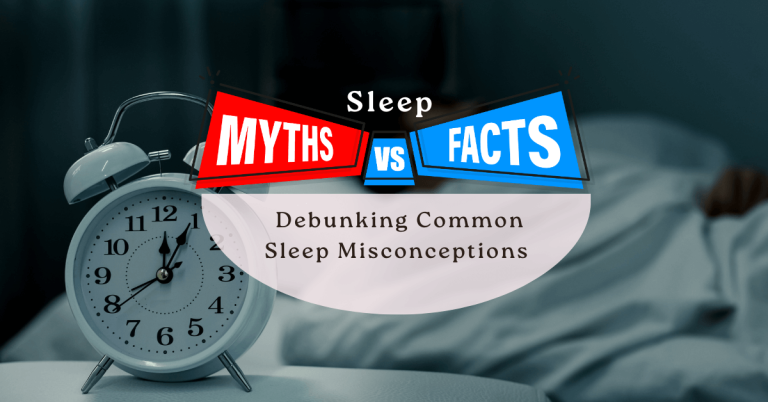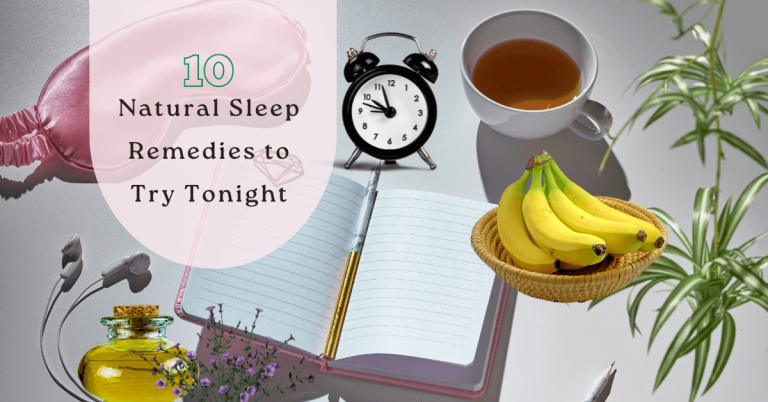10 Tips for Creating the Perfect Sleep Environment
A good night’s sleep isn’t just about how long you rest—it’s about the quality of that rest. Your bedroom environment plays a massive role in determining whether you wake up refreshed or groggy. From lighting to bedding, every detail matters. Let’s dive into 10 science-backed tips to transform your bedroom into a sleep sanctuary.

1. Keep Your Room Dark – Use Blackout Curtains
Light is the ultimate sleep disruptor. Even small amounts of ambient light from street lamps or electronics can trick your brain into thinking it’s daytime, suppressing melatonin (the sleep hormone). Invest in blackout curtains to block external light completely. If curtains aren’t an option, try a sleep mask. Pro tip: Cover LED lights from devices like chargers or alarms with tape—they’re sneakier than you think!

2. Maintain a Cool Temperature (60–67°F or 16–19°C)
Your body temperature naturally drops as you sleep, so a cooler room mimics this process, helping you fall asleep faster. Set your thermostat between 60–67°F (16–19°C) for optimal comfort. Too warm? Swap heavy blankets for breathable layers like cotton or bamboo. A fan can also circulate air and add a soothing white noise effect (more on that later!).

3. Reduce Noise – Try a White Noise Machine
Unexpected noises—a barking dog, honking cars—can jolt you awake. White noise machines mask disruptions by creating a consistent ambient sound, like rainfall or static. No machine? Apps like Calm or Noisli work wonders. Alternatively, earplugs are a budget-friendly fix for light sleepers.

4. Choose a Comfortable Mattress & Pillows
Your mattress and pillows are the foundation of good sleep. A saggy mattress or flat pillow can cause aches and restless nights. Replace your mattress every 7–10 years and opt for pillows that support your sleep style:
- Side sleepers: Firm, thick pillows.
- Back sleepers: Medium support.
- Stomach sleepers: Soft, thin pillows.
Test mattresses in-store or look for brands with sleep trials.

5. Use Soft, Breathable Bedding
Scratchy sheets or heavy comforters can overheat you. Choose natural fabrics like cotton, linen, or bamboo—they’re soft, breathable, and wick moisture. Avoid synthetic materials like polyester, which trap heat. Pro tip: Wash bedding weekly to keep allergens and dust mites at bay.

6. Limit Blue Light Before Bedtime
Phones, laptops, and TVs emit blue light, which delays melatonin production by up to 3 hours. Power down screens 1–2 hours before bed. Swap scrolling for a book, gentle yoga, or a warm bath. If you must use devices, enable “night mode” or wear blue-light-blocking glasses.

7. Keep Your Bedroom Clutter-Free & Relaxing
A messy room = a stressed mind. Clutter triggers anxiety, making it harder to unwind. Declutter nightly: Toss clothes in a hamper, stash paperwork out of sight, and keep decor simple. Aim for a minimalist vibe with calming colors like soft blues, greens, or neutrals.
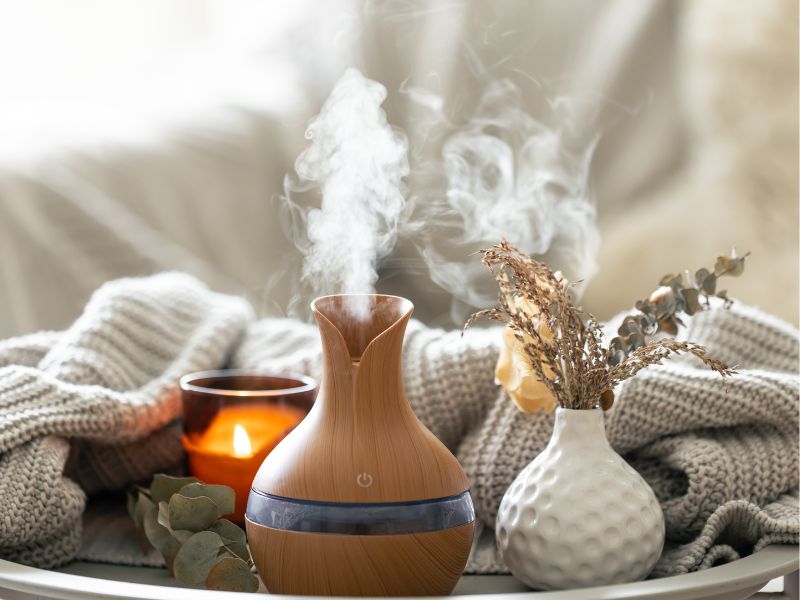
8. Use Calming Scents Like Lavender
Scents influence mood and relaxation. Lavender is a sleep superstar—studies show it lowers heart rate and stress. Try a diffuser with essential oils, linen sprays, or sachets under your pillow. Not a fan of lavender? Vanilla or chamomile are equally soothing.

9. Stick to a Consistent Sleep Schedule
Your body loves routine. Going to bed and waking up at the same time daily—even on weekends—trains your internal clock. Within weeks, you’ll feel sleepy and alert naturally. Struggling to adjust? Gradually shift bedtime by 15 minutes each night until you hit your goal.
10. Make Your Bed a Sleep-Only Zone!
Your brain should associate your bed with sleep, not work, scrolling, or watching TV. Using your bed only for sleeping and intimacy helps reinforce this connection. If you struggle with falling asleep, try reading a book or practicing deep breathing before getting into bed.
Putting It All Together
Creating the perfect sleep environment isn’t about luxury—it’s about intentionality. Small changes, like dimming lights earlier or swapping sheets, compound into deeper, more restorative sleep. Start with 1–2 tips that feel achievable, then build from there. Sweet dreams!
Final Tip: Track your progress! Use a sleep journal or app like Sleep Cycle to monitor how these tweaks improve your energy and mood. Consistency is key—your body will thank you!
By optimizing your sleep environment, you’re not just investing in better rest—you’re boosting your overall health, productivity, and happiness. 🌙
